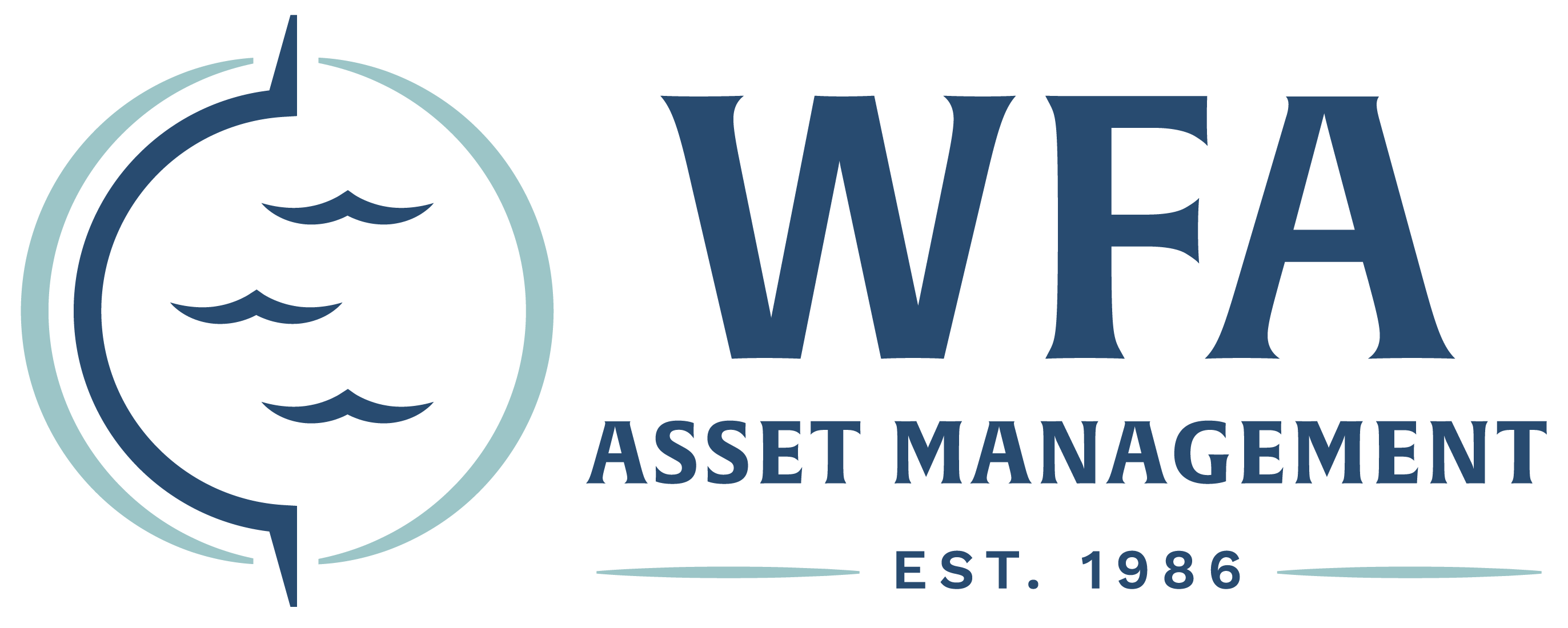Who Must Pay Estimated Tax?
Individuals who are unable to withhold income tax from their income stream generally have to make estimated tax payments if they expect to owe federal tax of $1,000 or more when their return is filed. This may include:
- Self-employed individuals,
- Partners,
- S corporation shareholders,
- Individuals that have gambling winnings,
- Individuals with significant investment income (interest, dividends, capital gains), and
- Individuals that operate rental property.
How To Figure Estimated Tax
In general, Federal Form 1040-ES can be used to calculate the estimated income tax due each quarter. To figure your estimated tax, you must first estimate your expected adjusted gross income, taxable income, taxes, deductions, and credits for the year.
When To Pay Estimated Taxes
For estimated tax purposes, the year is divided into four payment periods. In general:
- First quarter payment is due April 15th,
- Second quarter payment is due June 15th,
- Third quarter payment is due September 15, and
- Fourth quarter payment is due January 15 of the following year.
You may send federal estimated tax payments with Form 1040-ES by mail, or you can pay online, by phone or from your mobile device using the IRS2Go app.
You may send Wisconsin estimated tax payments with Form 1-ES by mail, or you can pay online.
Underpayment Penalty
If too little income tax is withheld or paid throughout the tax year, the taxpayer may be subject to Underpayment Penalty at the federal or state level, or both. The penalty is calculated each quarter based on the income earned and tax payments made or withheld. Therefore, taxpayers cannot wait until the end of the year or tax time to make a lump-sum payment of all tax due. In this case, the penalty would be applied.
